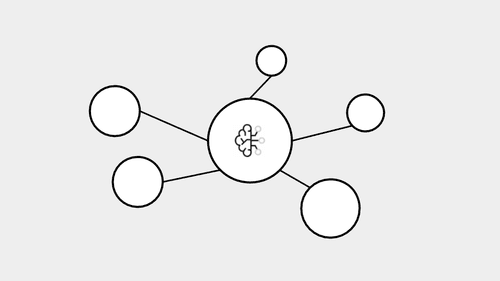Mindful context switching
Curated from: nesslabs.com
Ideas, facts & insights covering these topics:
4 ideas
·3.12K reads
33
Explore the World's Best Ideas
Join today and uncover 100+ curated journeys from 50+ topics. Unlock access to our mobile app with extensive features.
The Perils Of Multitasking
We all have limited time and unlimited things to do, and we try to juggle between work, personal projects, self-care and our social life. As we try to focus on what matters the most, we get in the web of complexities that come from managing a lot of important and competing tasks.
- If we only focus on a single task, our responsiveness towards the demands of the world suffers.
- If we are available to all and extremely responsive to what they need from us, our own progress suffers.
143
1K reads
The Origin Of 'Multitasking'
The word ‘multitask’ is actually a computer term invented by IBM in 1965, showcasing how a computer chip can handle multiple tasks at the same time.
According to psychiatrist Edward Hallowell, multitasking is a mythical construct of the mind, where we mistakenly believe we can effectively perform more than one task at the same time.
133
720 reads
Mindful Context Switching: A Delicate Balance
One has to find a balance between optimizing one’s own output while enabling our peers and collaborators to move forward.
Mindful context switching is a scientific way to carry on with your daily tasks in the most efficient manner while not being unresponsive to other matters that need your attention and input.
130
684 reads
The Steps Of Mindful Context Switching
- Defining your level of responsiveness based on the kind of work being done.
- Design a realistic ‘chunk’ of work that is meaningful and feels like progress. Breaking down your work into chunks makes it easier and is a modular approach to the tasks at hand.
- Ensure that you plan your work calendar based on the broken-down chunks of work.
- Ensure you communicate your response times to others.
- Review your calendar and improvise on your workweek.
156
717 reads
IDEAS CURATED BY
Jason Z.'s ideas are part of this journey:
Learn more about productivity with this collection
Understanding the importance of constructive criticism
How to receive constructive criticism positively
How to use constructive criticism to improve performance
Related collections
Similar ideas
5 ideas
10 Ways to Be More Mindful at Work
mindful.org
4 ideas
5 ideas
Context switching costs more than we give it credit for.
thinkingthrough.substack.com
Read & Learn
20x Faster
without
deepstash
with
deepstash
with
deepstash
Personalized microlearning
—
100+ Learning Journeys
—
Access to 200,000+ ideas
—
Access to the mobile app
—
Unlimited idea saving
—
—
Unlimited history
—
—
Unlimited listening to ideas
—
—
Downloading & offline access
—
—
Supercharge your mind with one idea per day
Enter your email and spend 1 minute every day to learn something new.
I agree to receive email updates

